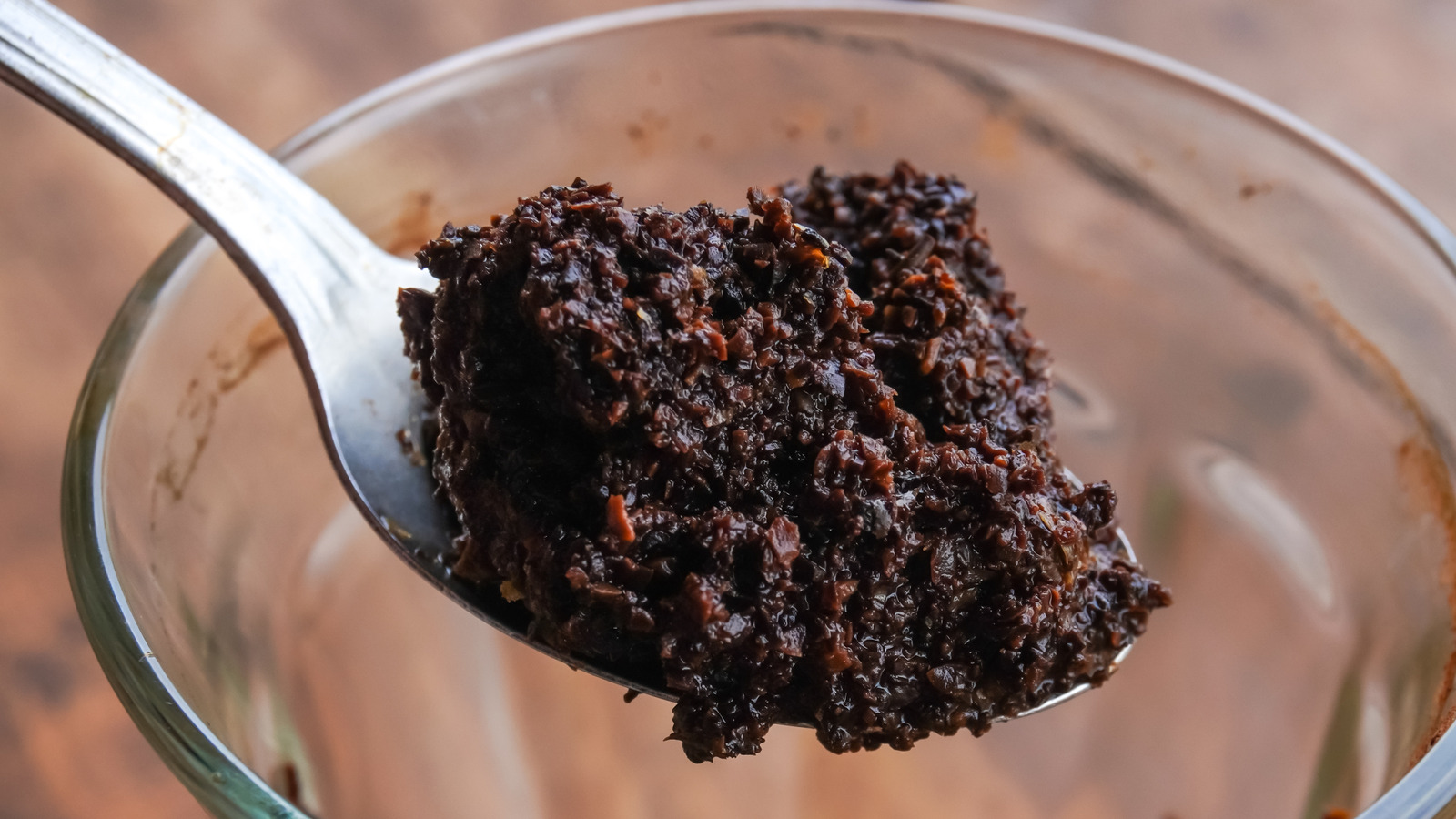A morning cup of coffee is an essential part of most of our morning routines, with two-thirds of folks in the United States making coffee at home every day. All that coffee consumption leads to a lot of thrown-out coffee grounds and paper filters, which can be a real bummer if you’re trying to reduce your food waste.
But next time you go to toss that filter (or pod) full of used coffee, consider hanging onto it instead. There are lots of ways you can use those spent grounds around the home, like making a body scrub, scented candle, or odor-eater. But perhaps the most useful place to repurpose them is in your garden. Used coffee grounds can feed your plants, protect them from disease and pests, and make even the most stubbornly unfriendly soils into a perfect medium for your fruits, flowers, and veggies to root in. Here are a few clever ways to use those trash-bound grounds in your garden.
Protect those precious roots
A good germinating medium is key to getting as many seeds as possible to take root. Most seed starting mixes — commercial or homemade — are typically made up of an organic medium like soil or compost, an inorganic medium like perlite, vermiculite, or sand, and an amendment like peat moss or coconut coir. But whether you buy it by the bag or mix it at home yourself, you can give your seedlings an even bigger boost by mixing some spent coffee grounds into your starting soil.
Many non-pathogenic microbes like to munch on used coffee grounds, and these wee beasties inhibit the growth of more harmful microbes that cause pathogenic diseases on the roots of plants like beans, spinach, melons, and tomatoes. Adding coffee grounds to your seed starting mix can give these seedlings extra protection as they root and grow.
Do some research before you blend, though — some fruit and veggie plants, like blueberries, cucumbers, and peppers, love coffee grounds. Carrots and radishes, in particular, are fond of growing in and around them, and you can even mix their tiny seeds with dry, used coffee grounds to make it easier to space them properly when planting. But coffee doesn’t agree with rosemary, lavender, beets, and asparagus, so make sure to plant these in your seed starting medium before mixing it with your throwaway grounds.
Feed your plants with a natural fertilizer
Before you go shelling out a bunch of money on fancy commercial fertilizers, take a look inside your percolator. Fully dried, spent coffee grounds contain a huge amount of the same nutrients. Fertilizers are generally classified by their NPK content, written out as three numbers — 10-10-10 for a balanced fertilizer, 30-10-10 for orchids, etc. The N stands for nitrogen, the P for phosphorus, and the K for potassium.
But if you throw your coffee grounds in the trash instead of the garden, you may be wasting a rich, free fertilizer. Dried, used coffee grounds contain 22% potassium and 9% phosphorus by weight, plus 13.6% protein, which is rapidly broken down by microbes and earthworms, releasing nitrogen into the soil. Compare that to the same NPK content of other popular natural fertilizers like poultry manure, which contains just 2-4% nitrogen, 1-3% phosphorus, and 1-3% potassium. With up to 20 times the nutrients, coffee grounds may just be the best organic fertilizer for your garden, so don’t pitch them!
Treat your worms to a feast
Earthworms are a gardener’s best friend. As they wriggle through the soil, they loosen it with their burrows, making it easier for tiny plant roots to spread and for water to reach them, all while breaking down organic matter into readily available nutrients for the plants. They tend to show up when the soil is already loaded with leaf litter and other organic compounds that they love to munch on, and as it turns out, they love used coffee grounds.
Mixing coffee grounds into your soil can lure earthworms into your garden. They consume the coffee grounds as-is — no composting necessary — and as they work their way through the soil, they drag those grounds even deeper. The same goes for container gardens — you’ll just have to drop the little wigglers into the container yourself. A healthy helping of coffee grounds in the soil will ensure they have plenty of food to keep them happy while they make your plants even happier.
Keep pests at bay
Earthworms may be a farmer’s friend, but all that wriggles isn’t worms. Unlike the beneficial beasties that naturally enrich your soil, slugs like to nibble and gnaw on the plants themselves — leaves, stems, roots, and all. Though a little munching isn’t harmful to your garden, a lot of slugs can quickly decimate a plot full of delicate seedlings.
Fortunately, the used coffee grounds that you would otherwise toss in the trash are helpful here, too. You can repel slugs and snails from your garden by mixing coffee grounds into your soil before spreading it over your beds or pouring it into your pots. If you need something stronger, try steeping your spent grounds in water overnight, then pouring it over your soil. Studies have shown that a soil drench made from cold, diluted coffee is even more effective than commercial metaldehyde slug treatments. You can also strain some of your weak coffee mixture and transfer it to a spray bottle to mist the foliage as your plants grow to keep leaf-eating critters away.
Make your pesticides stay put
Even if you resort to more powerful commercial pesticides to protect your plants from bugs, your discarded coffee grounds can still be helpful. Water-soluble pesticides and other synthetic garden treatments can contaminate groundwater through heavy watering or even regular rain, spreading the toxic chemicals into the surrounding area through “leaching.” This is less than ideal because, while you may not want critters gobbling up your garden outside your containers, beds, and plots, they play an essential role in the general ecosystem. Those pesticides can also find their way into wells and aquifers, contaminating drinking water supplies.
However, you can reduce the environmental impacts pesticides in your garden with coffee grounds. Mix the spent grounds into the soil before planting to help bind pesticide residues in place, reducing their mobility and preventing them from leaching into the surrounding soil and groundwater. This can keep the chemicals where you put them so they can do their job effectively without harming the ecosystem in your neighborhood.
Supercharge your compost
For some plants, adding coffee directly to the soil can be counterproductive. Spent coffee grounds contain trace amounts of caffeine, which can inhibit the growth of some plants, especially newly seeded ones. But even if you have a garden full of coffee-hating crops, you can still use your garbage-bound grounds in your compost pile. Once composted, those grounds won’t bother even your most coffee-phobic plants.
Traditional compost requires two main ingredients — carbon-rich “browns” like wood chips, newspaper, cardboard, and dry leaves; nitrogen-rich “greens” like grass clippings and vegetable scraps — plus moisture, air, and time. Used coffee grounds and paper filters are considered “greens” in your compost bin. Though they don’t contain a lot of readily available nitrogen in their freshly brewed form, the microbes that fuel your compost quickly convert them, releasing nitrogen into the mix. Just be careful not to use too much — around 20% or less by volume — as it can be “phytotoxic,” or poisonous to plants. Coffee grounds are also a favorite food of earthworms, so you can toss them straight into your vermicomposting bin once they’ve cooled.
Make a weed-suppressing mulch
When planning your garden, you may be tempted to lay down a barrier of landscaping cloth to save yourself from extra work later — but think twice before you do! Not only is landscaping cloth largely ineffective, but it can also harm your soil and plants. Instead, try mulching your garden with coffee grounds.
The most effective weed-suppression strategy is to lay down two or three inches of organic mulch on top of the soil in an in-ground plot, raised bed, or container. This keeps most weeds from taking root, and the ones that do are easy enough to remove because they’re rooted in a loose material.
But don’t just pile up a thick layer of coffee grounds on top of the dirt because they can form a hard crust that blocks water and nutrients from getting to the roots of your plants. Instead, mix them in with a coarser organic material like wood chips, grass clippings, or pine needles, and dress your garden with that mixture. The grounds will break down with the mulch, continually enriching your soil with nitrogen and other nutrients while keeping it cool, moist, and repelling pesky weeds.
Improve overall soil quality
If the soil in your garden is less than ideal, or if you’re reusing soil from a prior season, you may run into trouble with water retention, low nutrient content, or compaction. Your used coffee grounds can go a long way to remedying these issues. A healthy heap of coffee grounds — up to 35% by volume — can improve the structure of mineral soils like sand, silt, and clay, both short- and long-term, loosening soils prone to compaction and improving the water retention of soils that drain too rapidly.
And don’t worry — adding coffee grounds to your soil won’t make it too acidic for your plants. While unused coffee grounds are acidic, the brewing process dissolves most of the acid from them, leaving used grounds nearly neutral. But be sure to stick with used, not fresh, grounds. Unused grounds are acidic — and loaded with growth-suppressing caffeine — so they should not be added directly to the soil. If, for some reason, you have lots of unused grounds to dispose of, you can toss them in your compost pile to be neutralized instead.





